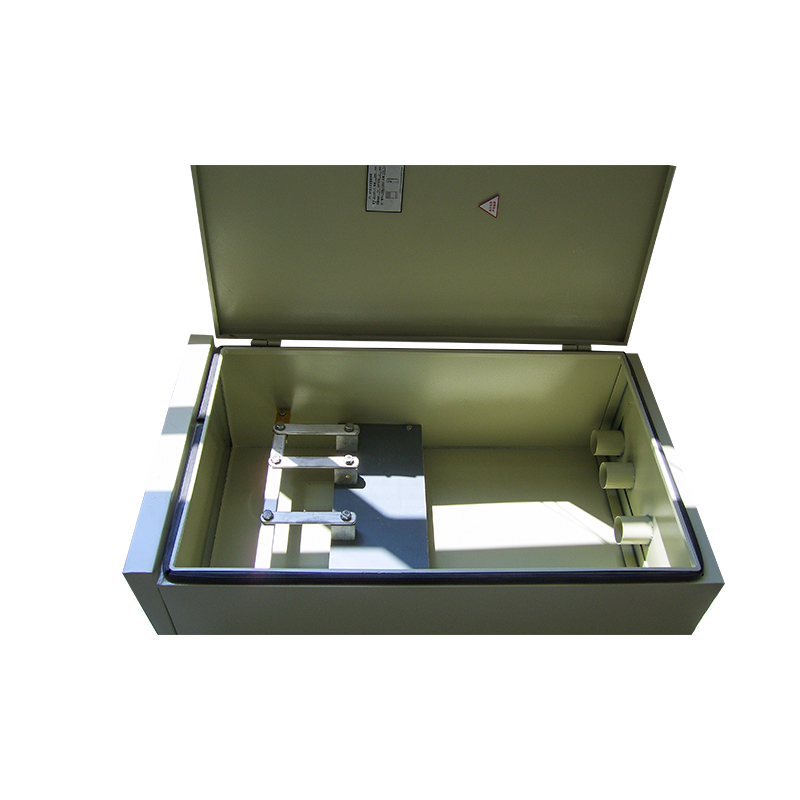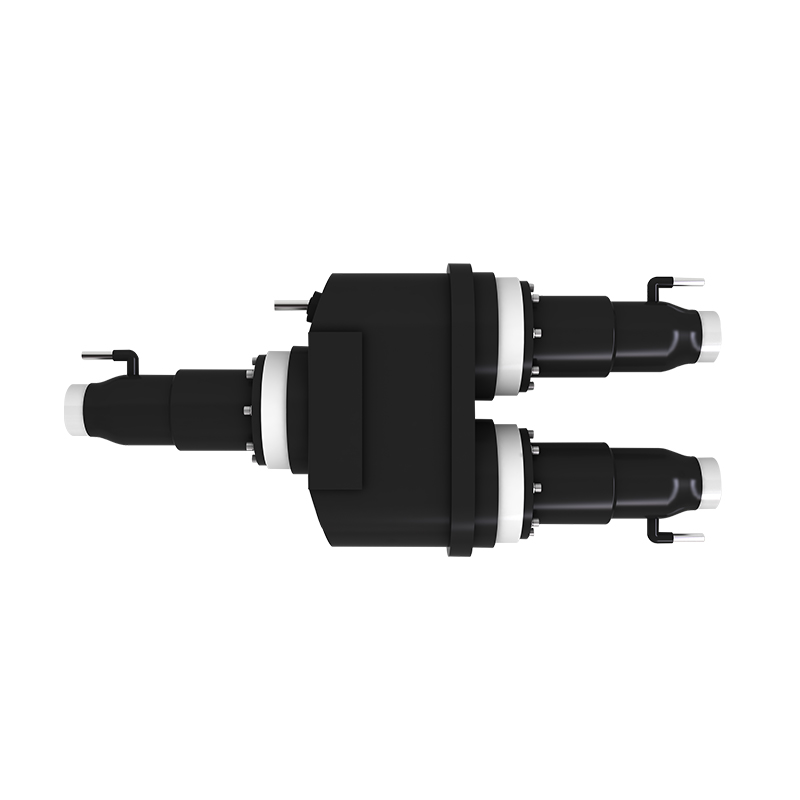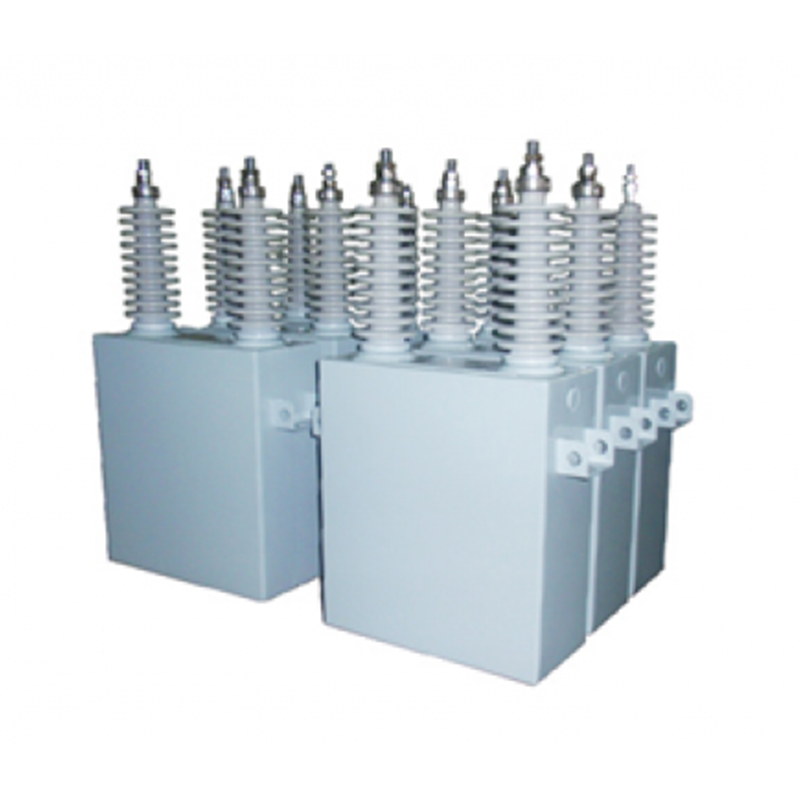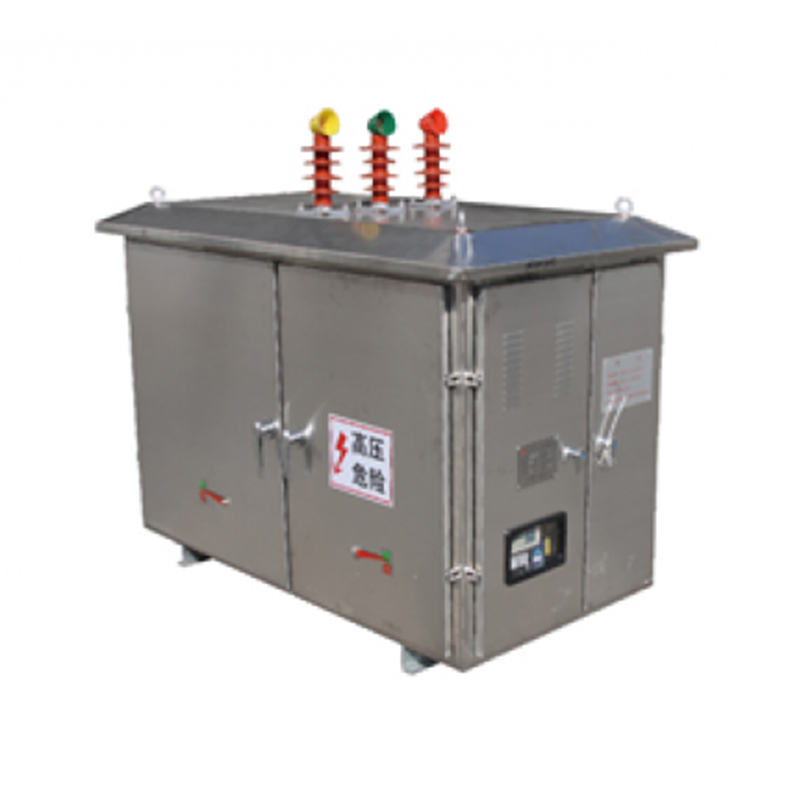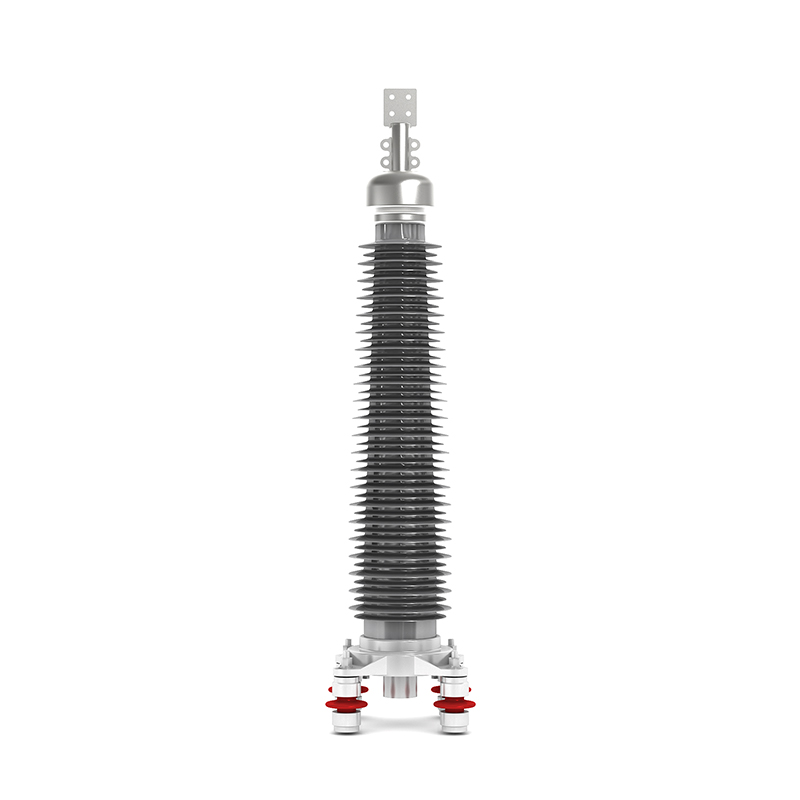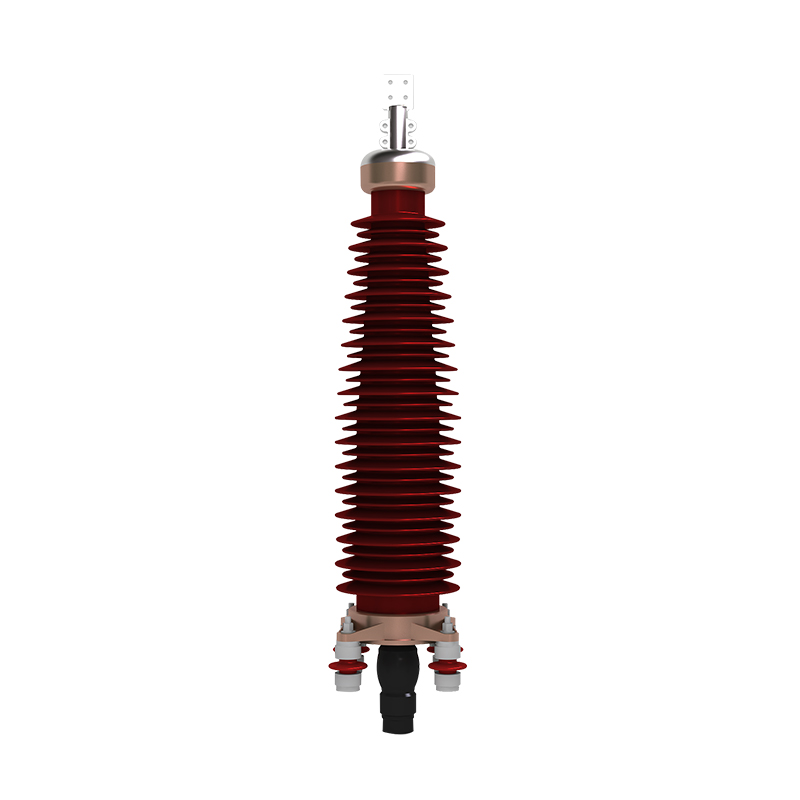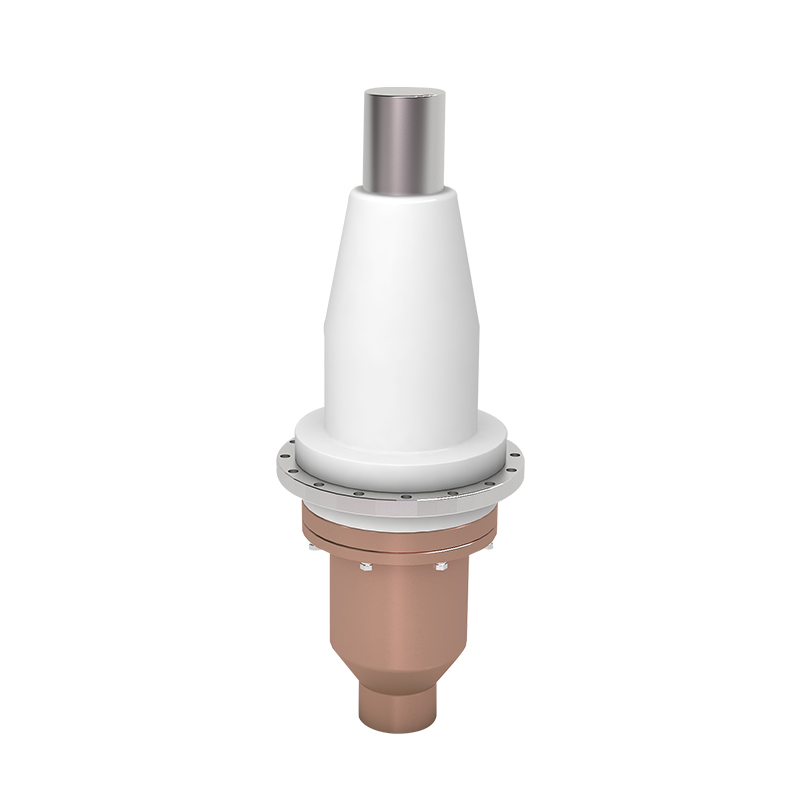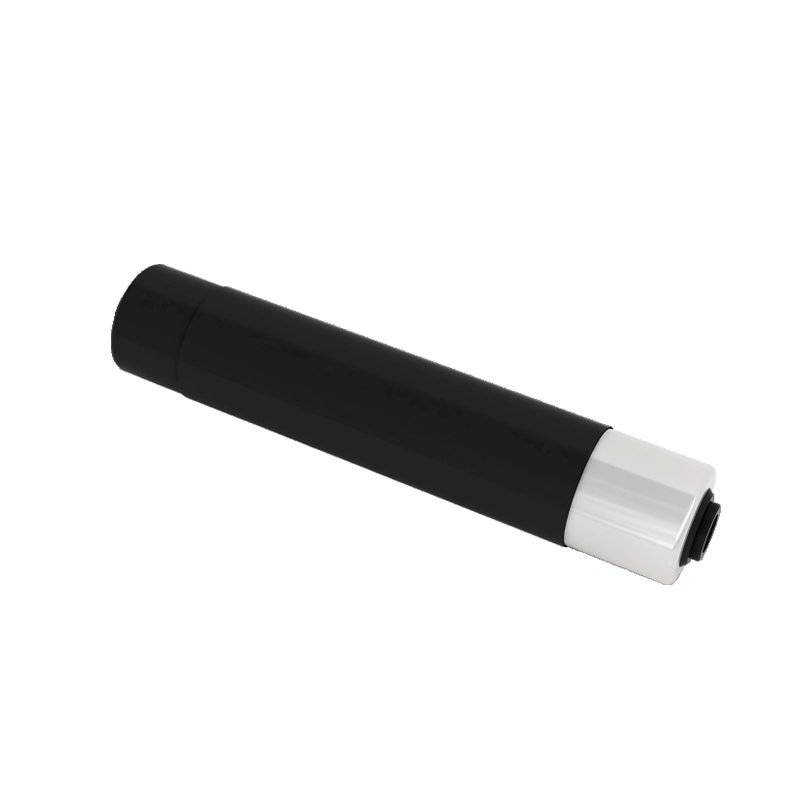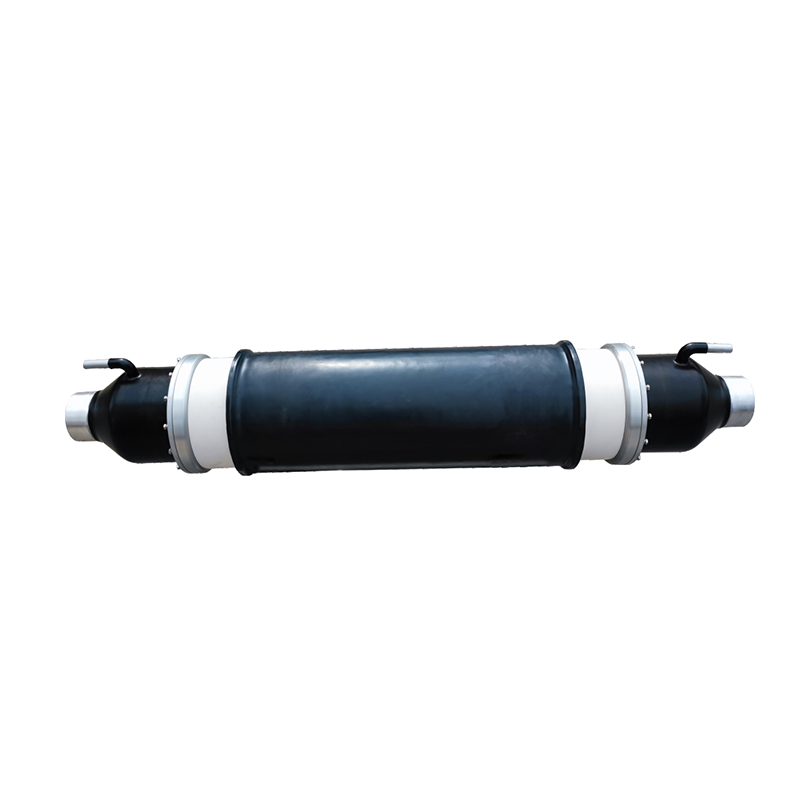Design Considerations for High Voltage Capacitor Banks
High Quality Hv Cap Maker
High voltage capacitor banks (HV capacitor banks) play a crucial role in enhancing the efficiency and reliability of electrical power systems. These systems are essential for power factor correction, voltage stabilization, and reactive power support in various applications, including industrial plants and utility networks. When designing HV capacitor banks, several critical factors must be considered to ensure their effective operation and longevity. Among these factors are environmental conditions, temperature, humidity, and the specific electrical requirements of the installation.
One of the primary considerations in the design of HV capacitor banks is the environmental conditions in which they will operate. Capacitor banks are often installed in outdoor settings, where they are exposed to various weather elements, including rain, snow, and extreme temperatures. Therefore, the design must incorporate protective measures to shield the components from environmental damage. This includes selecting materials that can withstand corrosion and ensuring that the enclosure is robust enough to protect against physical impacts. Additionally, the design should consider the potential for flooding or water accumulation, which can adversely affect the performance of HV capacitor banks.
Temperature is another critical factor that influences the design of HV capacitor banks. Capacitors are sensitive to temperature variations, and excessive heat can lead to premature aging and failure of the components. It is essential to evaluate the expected temperature range in the installation environment and select capacitors that can operate efficiently within that range. Moreover, thermal management strategies, such as proper ventilation and heat dissipation mechanisms, should be integrated into the design to maintain optimal operating temperatures. This is particularly important in high-load scenarios where the heat generated by the capacitors can significantly impact their performance.
Humidity levels also play a vital role in the design of HV capacitor banks. High humidity can lead to moisture ingress, which can compromise the insulation properties of the capacitors and increase the risk of electrical failure. To mitigate these risks, it is crucial to select capacitors with appropriate moisture-resistant features. Additionally, the design should include measures to prevent condensation within the capacitor bank enclosure. This may involve using desiccants or ensuring adequate airflow to reduce humidity levels inside the enclosure. Regular maintenance checks should also be scheduled to monitor humidity levels and address any potential issues before they escalate.
The electrical characteristics of the system where the HV capacitor banks will be installed are equally important. The design must account for the voltage ratings, capacitance values, and the expected load conditions. Capacitor banks should be designed to handle the maximum expected voltage without exceeding their rated limits. This requires careful calculation of the voltage stress on each capacitor unit, especially in configurations where capacitors are connected in series or parallel. Furthermore, the design should consider the harmonics present in the electrical system, as these can affect the performance of the HV capacitor banks and lead to overheating or failure.
Another consideration is the integration of protection mechanisms within the HV capacitor banks. This includes fuses, circuit breakers, and surge protection devices that can safeguard the system against overcurrent and voltage spikes. Proper protection is essential to prevent catastrophic failures that can result from electrical faults. The design should also incorporate monitoring systems that can provide real-time data on the performance of the capacitor banks, allowing for timely maintenance and adjustments as needed.
In conclusion, the design of high-voltage capacitor banks involves a comprehensive analysis of various factors, including environmental conditions, temperature, humidity, and electrical requirements. By carefully considering these elements, engineers can create HV capacitor banks that operate efficiently and reliably, contributing to the overall stability of the power system. As the demand for electrical energy continues to grow, the importance of well-designed HV capacitor banks will only increase, making it essential for designers to stay informed about best practices and emerging technologies in the field. Ultimately, the successful implementation of HV capacitor banks will play a significant role in enhancing the performance and sustainability of electrical power systems worldwide.
Recommended Products
The variety of models, to meet the development needs of various regions in the world.
-
Add: No. 508, Dongye Road, Dongjing Town, Songjiang District, Shanghai
-
Tel: +86-13757652508
-
E-mail: [email protected]
 English
English 中文简体
中文简体 русский
русский Español
Español عربى
عربى